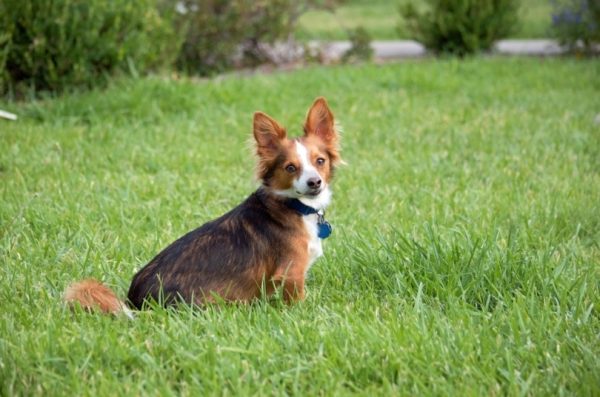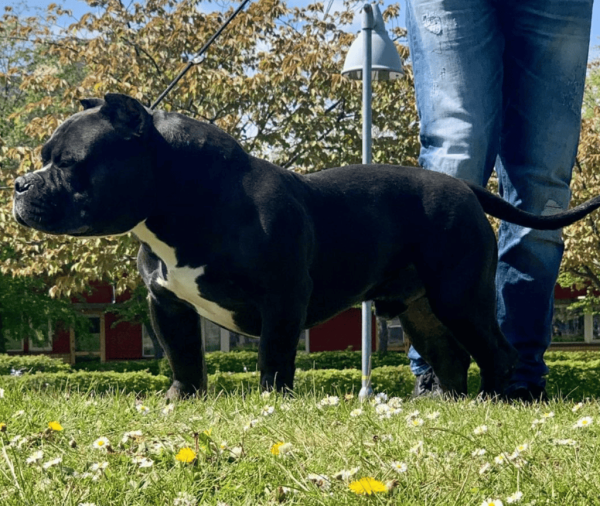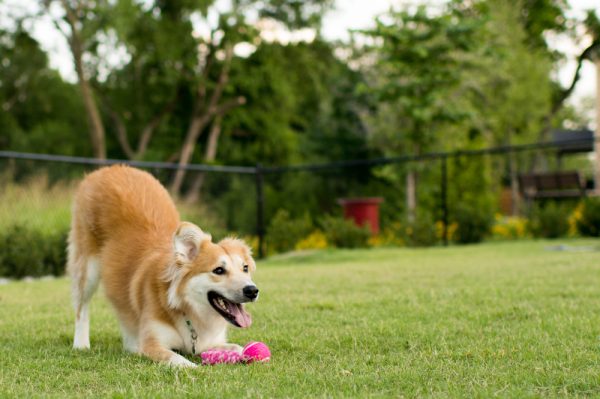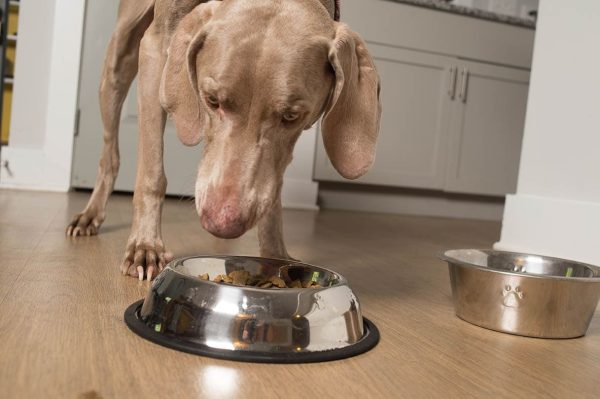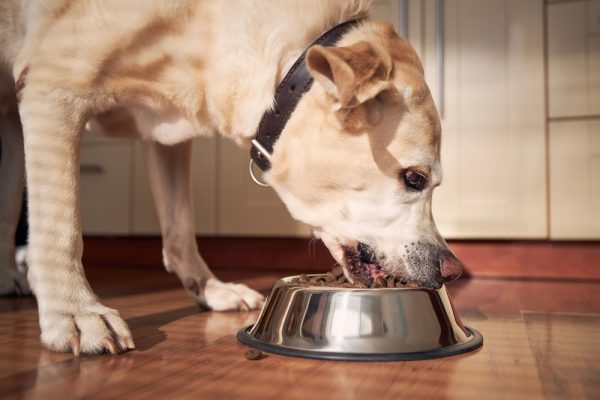In this article
“Training is quicker with a clicker!” While that may only be partially true depending on the situation, clickers have proven their worth for many owners and professional trainers in efficiently cementing specific behaviors in their dogs.
With every click, your dog will get one step closer to understanding what makes you happy and earns them a reward. Learn the best way to get started with this invaluable aid, as we break down the basics of clicker training your dog.

How to Clicker Train Your Dog
Before you start clicker training, you must acquire the essentials and get comfortable using the clicker. Grab a basic clicker, a treat bag, and treats your dog will love, and start practicing your technique and timing.
Clicker training centers on clicking at precise moments, so you must be skilled in using it before bringing your dog into the picture. Mistiming clicks will only confuse your dog and potentially set their training back. Once you feel confident in holding it steady, clicking it discreetly, and supplying rewards, you can start training.
1. Charge the Clicker
Clickers mean nothing to dogs at first. It’s on you to give the clicker value by connecting it to something your dog truly wants, typically a treat. Once you make it apparent that the clicker means good things are on their way, it has the power to tell your dog what is or isn’t rewarding.
Like any mobile device, you give your clicker power by charging it. Create a solid association between the clicker’s sound and the treat to come. Grab 10–15 treats, and have a charging session with your dog where you click and immediately give them a treat. Click, treat, click, treat. Do this for two to three sessions before testing to see if it’s charged.
Test the Clicker
Test your clicker after charging during a random moment when your dog is relaxed and not expecting a treat. While they aren’t paying attention to you, click the clicker and watch for a response.
If your dog perks up and looks at you expectantly, you can consider the clicker charged. Give your dog their treat and start training.
2. Click for Desired Behaviors
When training, timing your click is everything. Be precise in clicking when your dog only hits the desired move or position to keep them on track and reinforce the commanded behavior. Do your cue, hit the clicker, and offer the reward.
For instance, if you’re teaching “sit” with a clicker, as soon as your dog’s butt hits the floor, you immediately click to lock it in and then reward their success.
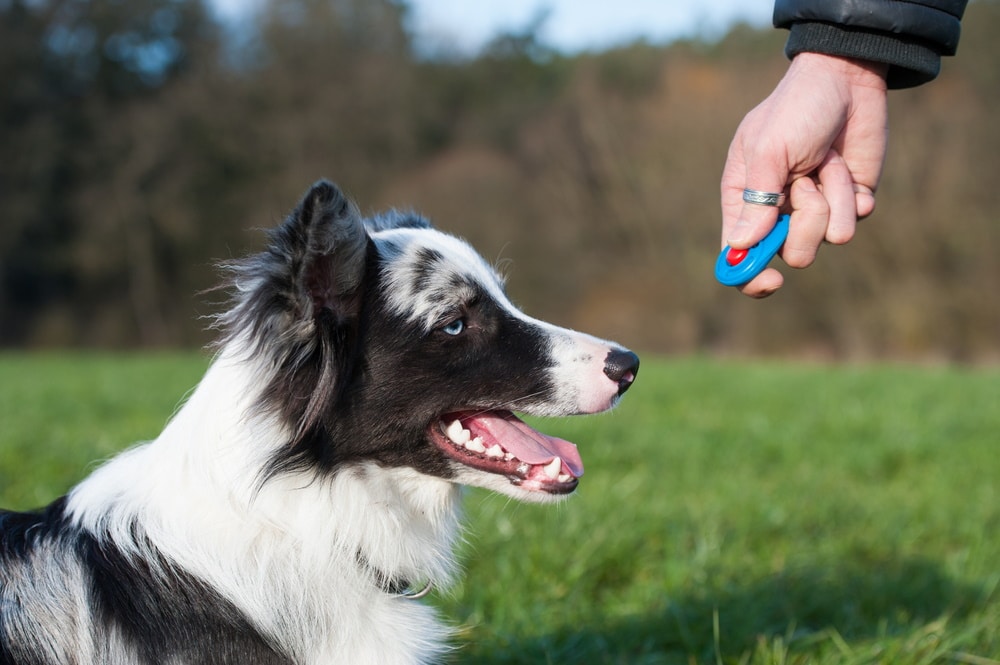
3. Find Times and Places to Use the Clicker
The clicker can come out in many situations during training sessions or other times of the day when your dog is doing something worth rewarding. Although it’s not always necessary, you can use it with luring while training “sit,” “down,” or “place.”
Even better, a click can create a clear direction when shaping behaviors as your dog learns complex tasks bit by bit. The clicker is an excellent tool for teaching tricks. It can also capture behaviors you like even when you and your dog aren’t in training mode.
If they stay lying down when the doorbell rings or ignore a piece of garbage on the ground, you can click and reward them. Having a clicker at all times isn’t practical, of course, and reinforcing alternative verbal markers, such as “good boy/girl” is always essential. But this handy device can make a fun game for dogs as they become eager to discover what will earn a click.

Why Should I Clicker Train My Dog?
Clickers are secondary reinforcers in training to announce the primary reinforcers (i.e., treats) that reward desired behaviors. The clicker informs the dog a reward is on the way. Since there’s nothing inherently motivating about the click alone, what’s the point of using it when a treat would do?
By letting the dog know a treat is on the way, a clicker acts as a reward and says, “Yes, you did the right thing.” With the simple click of a button, you provide clarity, marking the precise action so your dog knows exactly why they are getting the reward.
Imagine trying to capture a behavior without a marker. When your dog does what you want, you fumble for a treat, and by the time you can give it to them, they’re standing up, eager to receive it. They won’t understand why you’re rewarding them.
With the clicker, you can mark the point of action, telling them that is what you want, even if you can’t give them a treat in that exact instant. The same principle applies if you’re training a dog far away from you and can’t reward them immediately following an action.
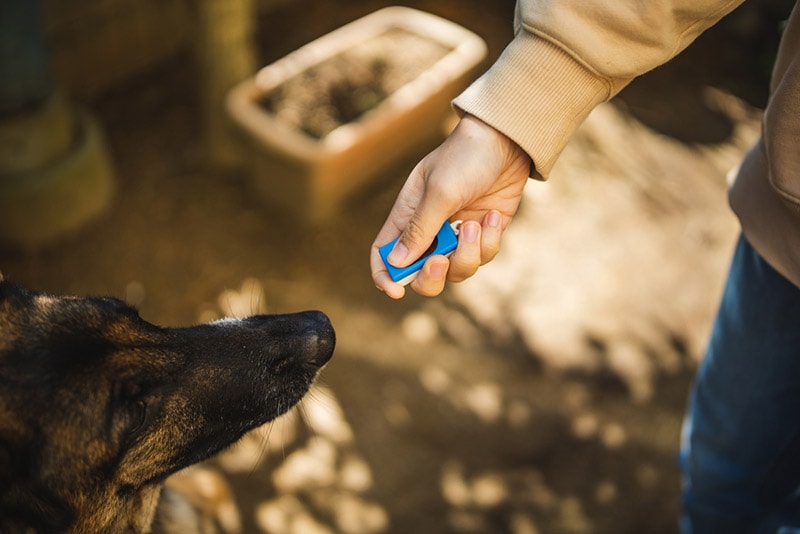
 Final Thoughts
Final Thoughts
Clicker training can seem straightforward, but it takes practice and discipline to master. Follow these steps, and only use your clicker once you gain confidence in your technique. When you learn to use it properly, you’ll see a considerable change in the efficiency of your training sessions and your dog’s enthusiasm when it’s time to learn something new.
See also:
Featured Image Credit: Melounix, Shutterstock

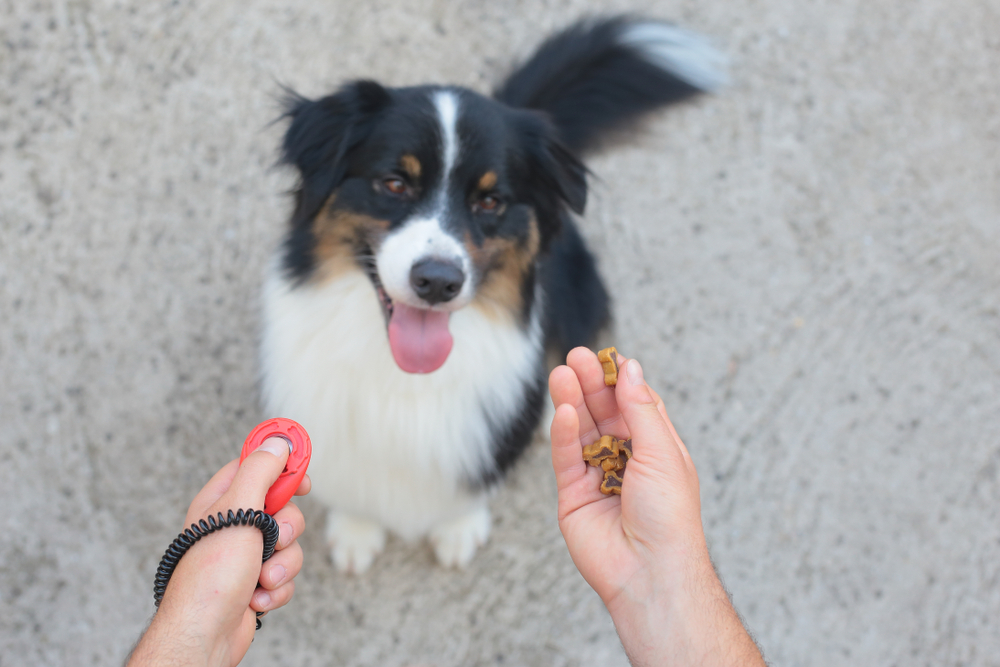
 Final Thoughts
Final Thoughts



